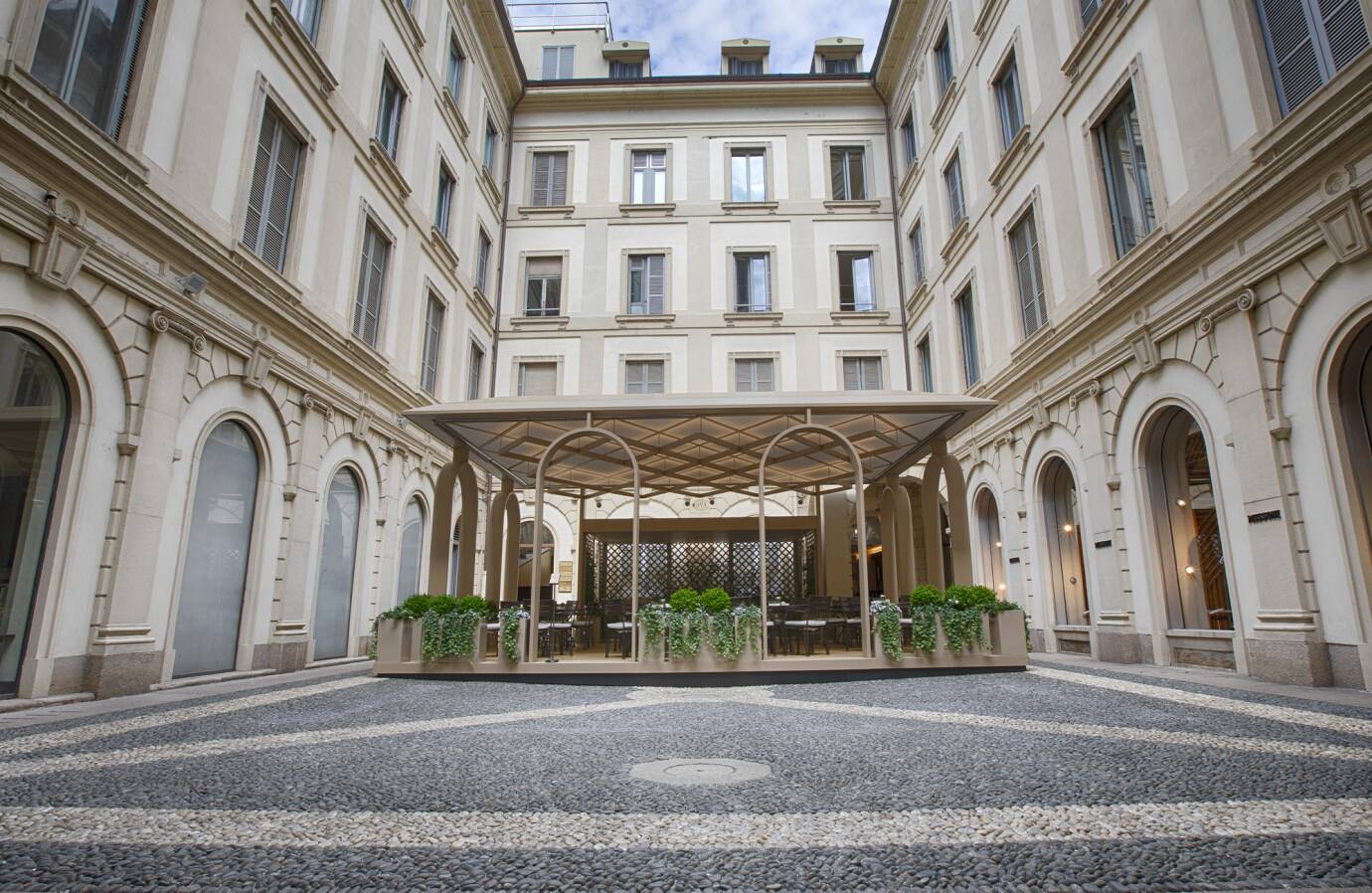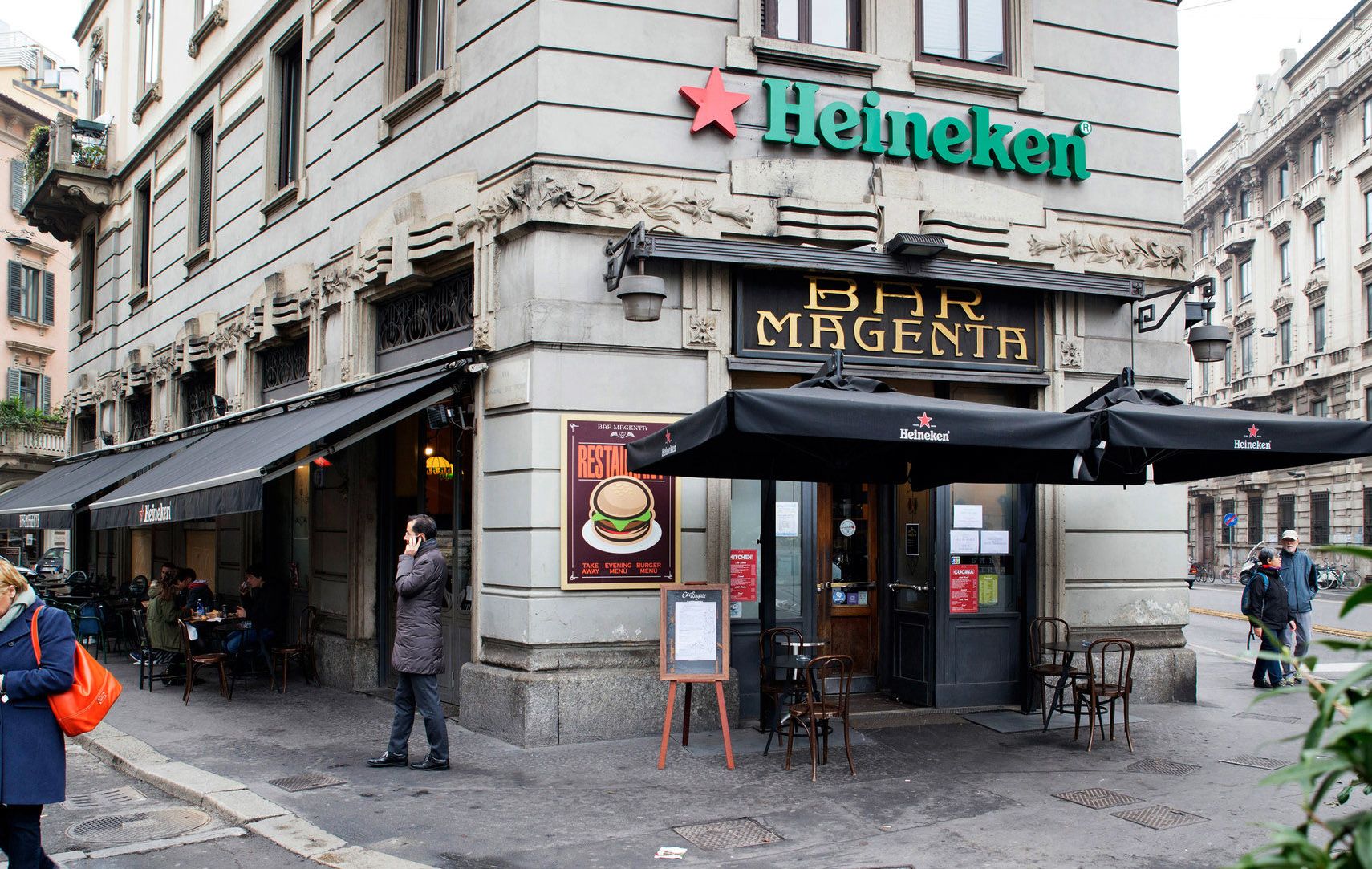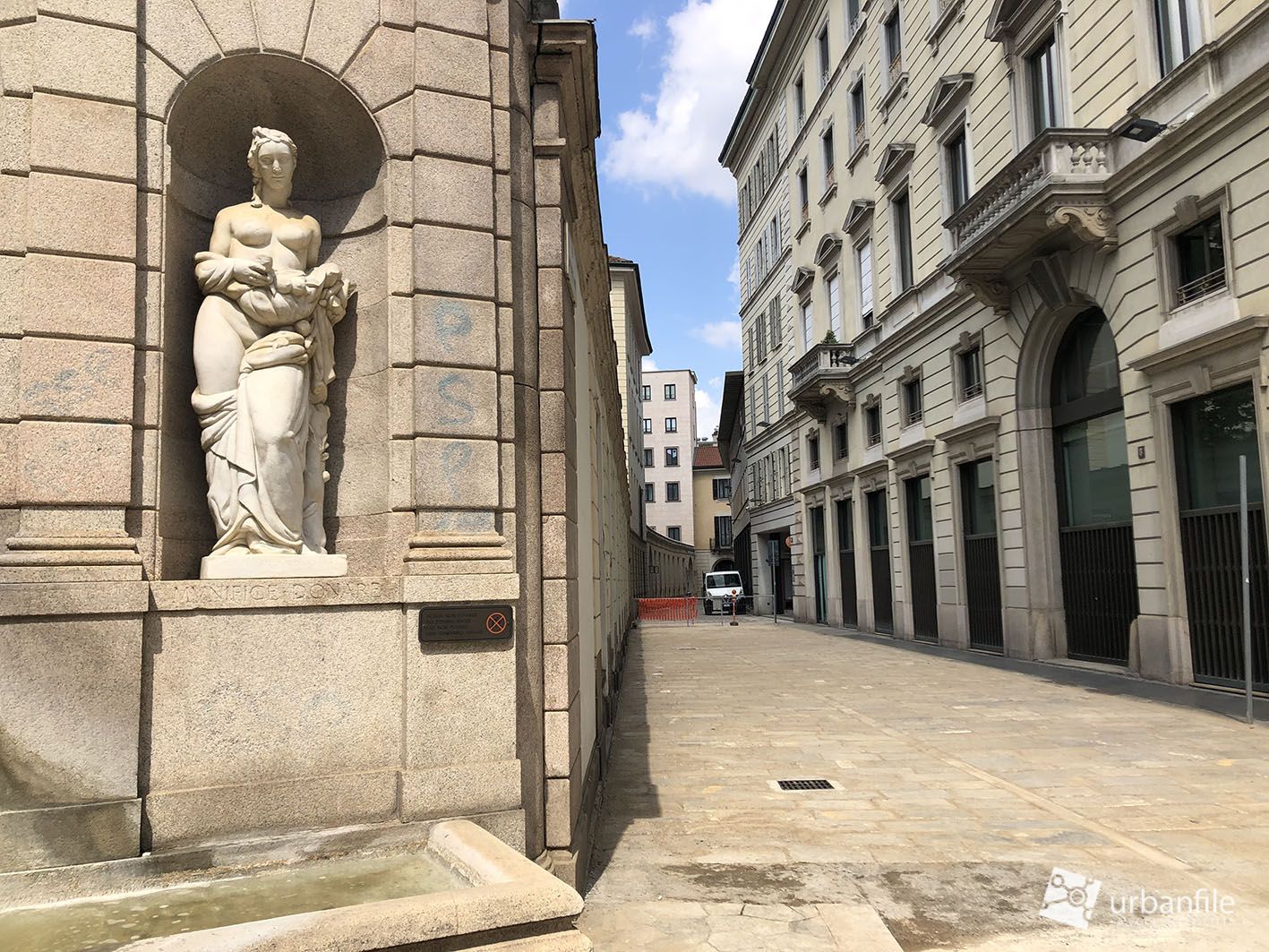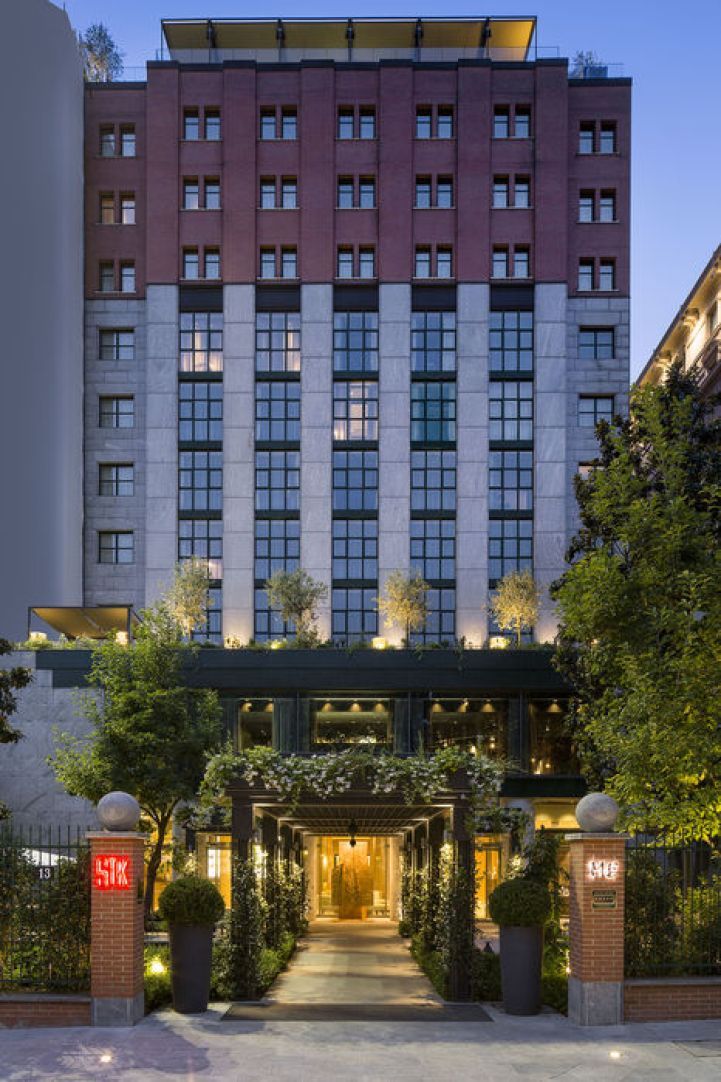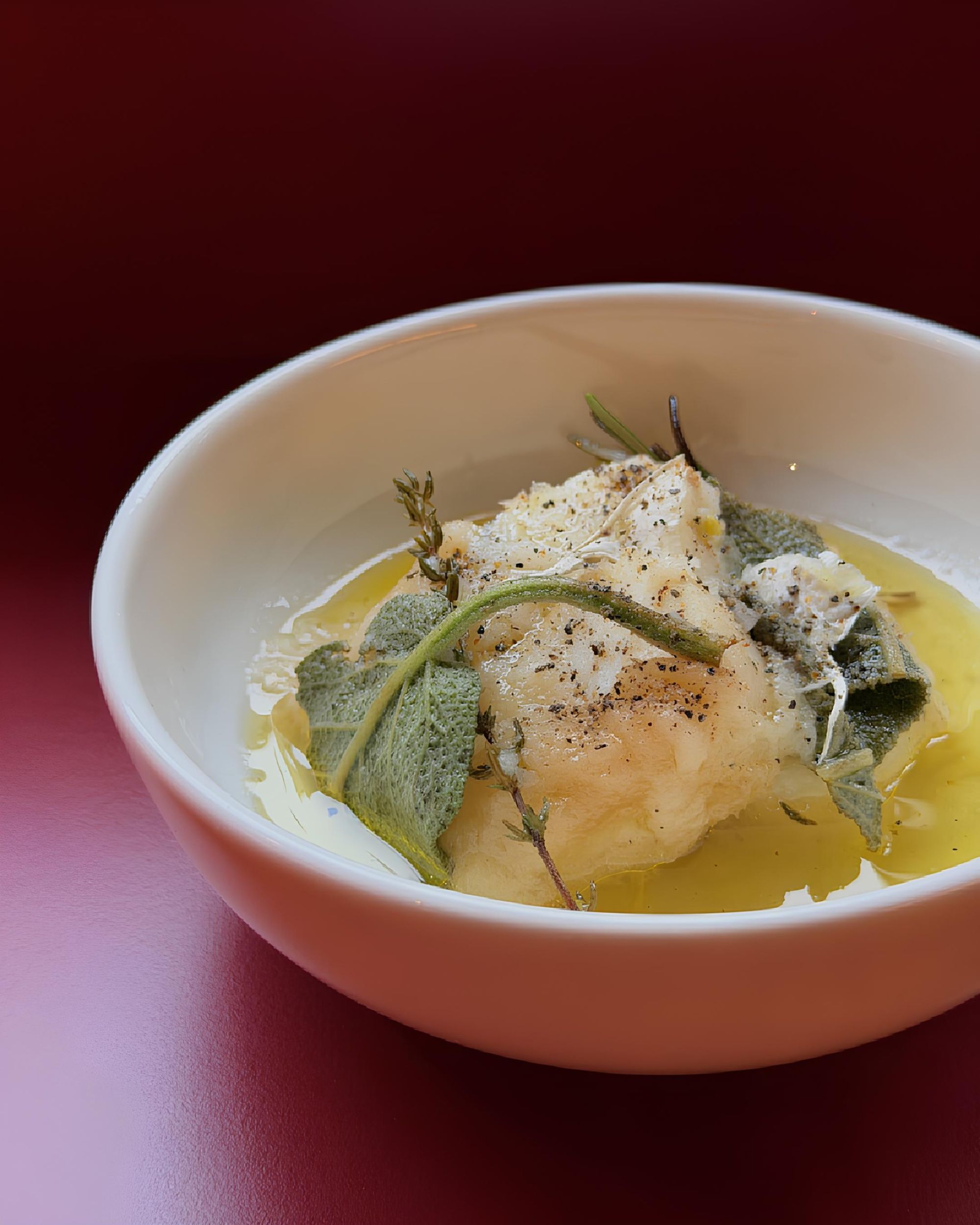
How much does it cost to buy an entire block in Montenapolone? Spoiler: 1,1 billion euros
Yesterday, an agreement was signed between the Reale Compagnia Italiana, a joint-stock company founded in 1862 that includes 330 historic families in Milan, and the American investment fund Blackstone for a 1.1 billion real estate sale that saw some of the most important historic buildings in the city pass into the hands of buyers. In particular, the entire block of Via Montenapolone 8, that of Cova and Prada, the buildings between Via Manzoni and Via Andegari and, outside the Quadrilatero, the Art Nouveau building that houses the historic Bar Magenta between Cadorna and Sant'Ambrogio, some properties in Via Vincenzo Monti, the building that houses the ME Milan Il Duca hotel in Piazza Repubblica and, in Turin, the Subalpina Gallery. It is first of all one of the most important real estate deals of the last decade in Milan, but also an operation that has seen the literal old money families of Milan, a series of noble families who for over a century handed down those properties, sell their historical possessions in bulk. In fact, it must be emphasized that the main rule of the members of the Royal Italian Company is that, by statute, all the properties should be passed only to heirs and successors - playing the role of stock and real estate safe for the wealth of the ancient aristocracy of the city that, today as at the beginning of the century, met at Cova and frequented the salons of Montenapoleone.
Behind the decision of the Reale Compagnia Italiana to sell its assets there are economic issues: until two years ago, in fact, the various properties that have now been sold were valued at about 80 million euros but in 2020 the valuation rose to 1.2 billion – which would have entailed the need to pay 140 million in taxes for Italian owners. The swift signing of the agreement would also have been signed before November 15 to avoid paying increased taxes on the revaluation of shares. The symbolic value of the sale, even if not immediately perceptible, is very strong: even if in 2021 the world of the Italian aristocracy has lost the social relevance it had in the 50s and 60s, its land holdings were the last tangible manifestation of the presence of historical families such as the Borromeo, the Medici di Marignano, the Brambilla di Civesio and the Melzi D'Eril, which were also a huge piece of Milanese history.










































